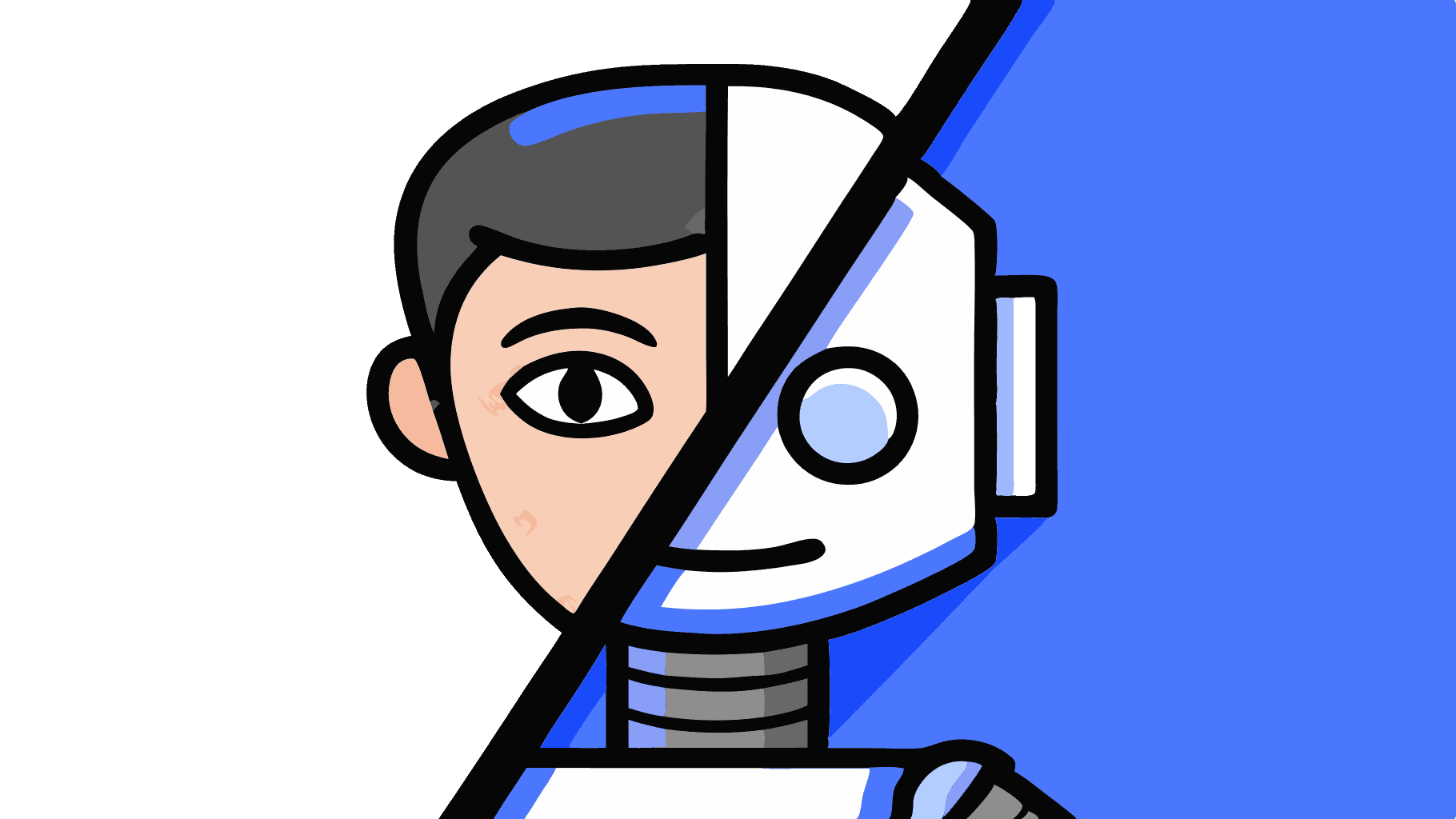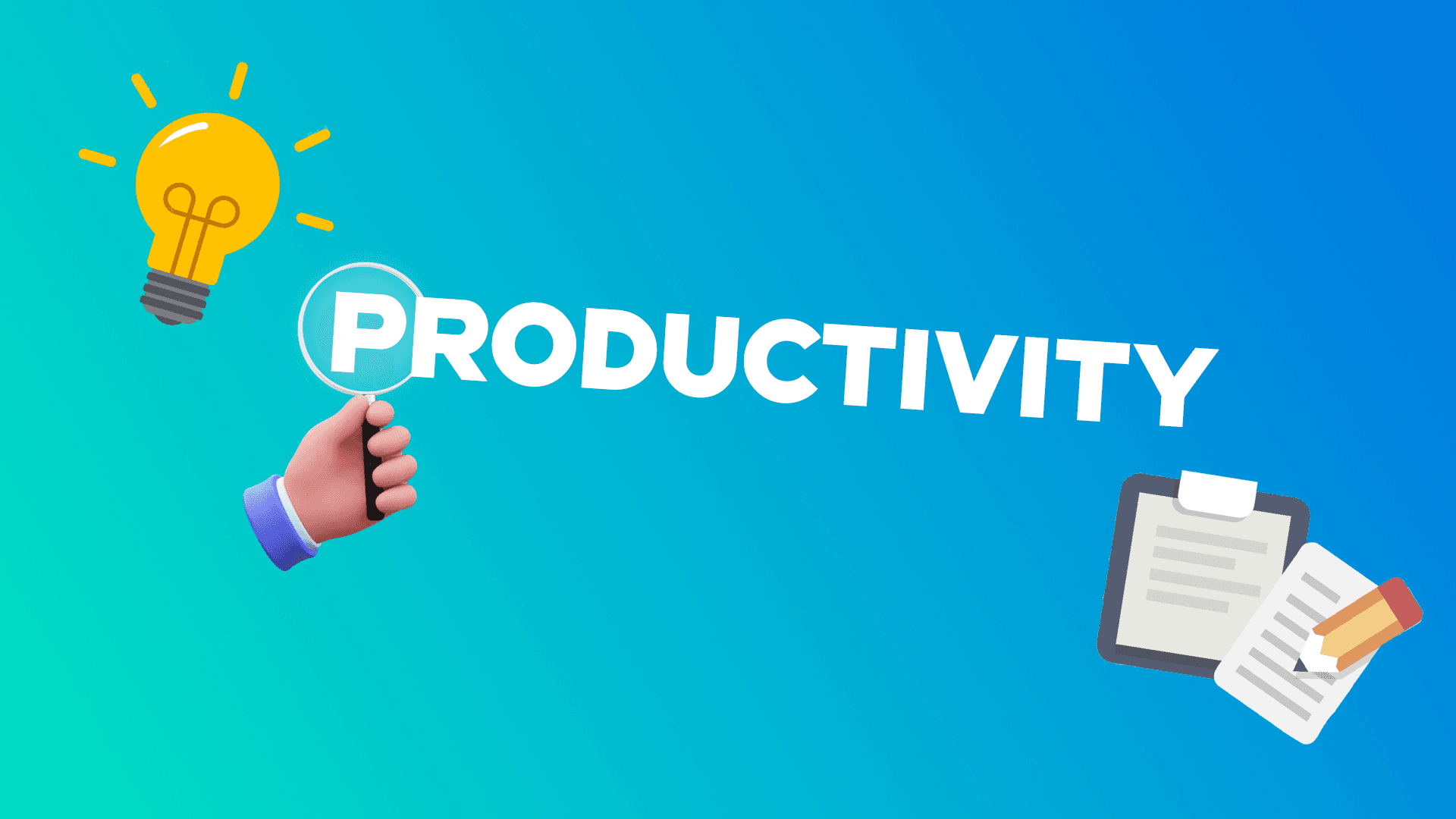
Ways to Combine Both Human and Machine Intelligence
1The rise of artificial intelligence and technological advancements has transformed work life for many people. Most businesses have adapted to these changes and adapted to artificial intelligence, making it easy for them to boost their overall productivity. For years, most companies that have used machine intelligence have been able to cut costs and improve overall efficiency. According to statistics, over 70% of companies are using this technology or are considering using it.
Today, businesses can combine human and machine intelligence to get better results. The two work hand in hand to ensure streamlined work while reducing errors in the workplace. Currently, AI is impacting the labor market positively, a clear sign that the future of this technology is bright. However, relying too much on machine intelligence reduces human skills in decision-making and problem-solving.
Whether you want to implement human and machine intelligence in the healthcare sector, education, business, marketing, or language translation, this article is for you. To use these two combinations better, you need to understand human and machine intelligence, the benefits of combining the two, the ways to incorporate both human and machine intelligence and the risks of combining these two bits of intelligence.
Understanding Human and Machine Intelligence
Human intelligence entails a wide range of cognitive abilities that make people understand, perceive, reason, and solve problems. It can think logically, making decisions and conclusions based on given information. They can interpret data from any environment, including hearing, touch, sight, smell, and taste. Human intelligence is far better than machine intelligence in terms of creativity. They can write engaging novels and quality content and offer solutions through original imagination and thinking. Furthermore, they can understand emotions, empathize, and perceive other people’s feelings.
On the other hand, machine intelligence is cloning human intelligence through machines such as computer systems. This entails developing algorithms that make the machine function like a human, including reasoning, learning, decision-making, problem-solving, and perception. For machine intelligence to function better, it combines with various artificial intelligence branches like deep learning, machine learning, computer vision, and natural language processing.
Benefits of Combining Human and Machine Intelligence

Businesses and organizations can benefit greatly by combining human and machine intelligence and significantly improving working conditions. Both contribute to enhanced problem-solving, decision-making, productivity, and error reduction. The following are some significant benefits of combining machine and human intelligence:
Increased Productivity
Combining human and machine intelligence helps increase productivity. Integrating human expertise and machine automation makes it easy for businesses to optimize their overall productivity. Collaboration increases efficiency by combining human and machine strengths, resulting in innovations and enhancing productivity and decision-making.
For example, Jadve is an AI tool businesses can use to automate simple tasks like creating images for marketing campaigns and generating optimized marketing copy, you only need to give it detailed and well-composed prompts for businesses. This gives humans enough time to handle complex marketing tasks.
Enhanced Decision-Making
Making decisions for your business requires a lot of data and information. Machine and human intelligence help enhance decision-making and problem-solving while making informed decisions. Artificial intelligence offers valuable and up-to-date insights and analytical support that help humans make better decisions.
Humans are known for their creativity, ethical reasoning, and intuition. Machines excel at processing and analyzing vast chunks of data, automating repetitive tasks, and identifying patterns. Combining these strengths today helps people make well-informed and balanced decisions.
Reduces Error
In any working environment, human and machine intelligence can make errors. Combining human and machine intelligence helps reduce errors by combining the two strengths. Human-machine collaboration gives businesses and organizations the advantage of reducing human and machine error while increasing productivity and efficiency.
For instance, when it comes to generating quality content with AI, it usually makes mistakes, especially with statistics and facts. By using human knowledge, it can check and correct these errors for you.
Improved Problem-Solving
One thing machine intelligence is known for doing better is breaking down any complex problem or issue into a manageable, smaller, simpler one. Humans are good at understanding this problem and offering judgment ideas that can help solve it.
Combining human and machine intelligence can provide information from different domains and sources, assisting humans in finding solutions and connections that exceed traditional boundaries in problem-solving.
How to Combine Human and Machine Intelligence
Human and machine intelligence are a great combination in any working environment or business. These two work together synergistically and complement each other to achieve goals and complete tasks within the given time. Collaboration increases efficiency, boosts productivity, and enhances decision-making and problem-solving. Here are the primary ways that human and machine intelligence work together.
1. Automating Repetitive Tasks
By automating repetitive and boring tasks, machine intelligence frees up human workers' time to focus on more complicated projects that require strategy, creativity, and other factors that boost output. Human intelligence, on the other hand, can supervise machine systems to ensure accuracy and step in during complicated situations.
2. Data Insights and Analysis
One area where machine intelligence works better is analyzing large amounts of data within seconds, identifying trends and patterns that human intelligence is likely to miss. After this, human intelligence can interpret the insights given by machine intelligence, using their expertise and critical thinking to make better decisions.
3. Healthcare and Diagnosis
Sometimes, it can be difficult for doctors and other healthcare professionals to analyze patient medical data. Using machine intelligence assists them in examining these reports and pictures, spotting potential risks, and recommending the best treatment option. On the other hand, human intelligence can implement clinical judgment, interpret the given results, and make final decisions based on the insights generated by machine intelligence tools like Jadve.
4. Customer Service and Personalization
Machine intelligence offers the best personalization features that help enhance the overall user experience. This technology uses customers’ browsing history, preferences, and behavior and provides the best-related recommendations. Humans can handle customer services as they have emotional intelligence that helps understand emotional customer interaction that needs understanding, empathy, and a human touch.
5. Scientific Discoveries
By analyzing data, machine intelligence can offer pattern recognition and cloning that can be used in scientific research. Scientists can design experiments, formulate hypotheses, and interpret the results from a scientific understanding.
6. Language Translation
Machine intelligence makes Language translation easier, like Jadve, which offers quick and automated services. Translations can be enhanced with human intelligence to maintain context and traditions, thus leading to accurate communication.
Risks of Combining Human and Machine Intelligence
Even though combining human and machine intelligence has its perks, it also has challenges that users must be careful about.
- Bias and Discrimination Decisions: Machine intelligence can amplify or perpetuate biases as it provides data based on how it is trained, thus resulting in discriminatory and unfair decisions. When humans rely entirely on machine intelligence, they make decisions based on the provided insights without questioning the accuracy and fairness of the decision.
- Lack of Transparency: Most machine intelligence uses deep learning technology that works like a “black box,” making it difficult to explain or understand its decisions. This leads to a lack of transparency, undermining accountability and trust.
- Over-Reliance on Machine Intelligence: Some people lose their ability to solve problems and think critically because they depend on artificial intelligence for nearly all of their tasks. Furthermore, this lessens their resilience and adaptability, particularly in the face of unexpected challenges.
- Security Risks: One major challenge people face with machine intelligence is security risks, where the systems target manipulation, cyber-attacks, and hacking. Some humans exploit the technology for security threats like autonomous and deepfakes.
